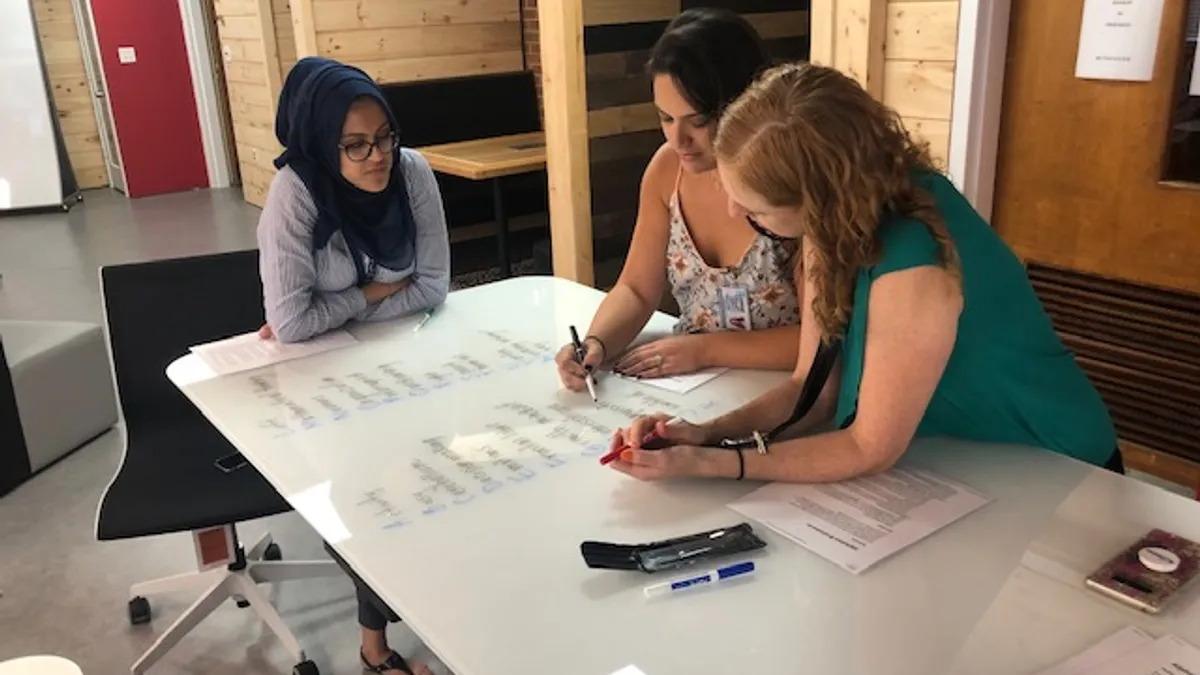Dive Brief:
- School leaders in Howard County, Maryland, adopted a plan last week that will reassign thousands of students in a plan to socioeconomically diversify schools and relieve overcrowding. Hundreds of parents have protested the controversial decision, which has also drawn national attention, The Washington Post reports.
- The district is one of the nation's most affluent, and the redistricting plan, which comes after months of debate and compromise, will move 5,400, or 10%, of students and result in longer bus rides for many.
- Superintendent Michael Martirano hopes to balance poverty levels at schools with the plan at a time when zones were already being shifted to address overcrowding, but rising seniors, juniors, 8th and 5th graders will not be affected.
Dive Insight:
Eliminating systematic segregation in schools challenges many districts. In the 2000s, the efforts to integrate North Carolina’s Wake County Public School System resulted in a district-wide socioeconomic-based assignment policy that had negligible effects on eliminating district segregation overall. However, the effort did reduce racial segregation for minority students who would have otherwise attended a majority-minority school and were instead exposed to students from different ethnic backgrounds, higher achievement levels and more affluent neighborhoods.
Wake County Public Schools also concentrated its magnet school programs within the majority-minority schools and neighborhoods, triggering affluent families to attempt to enroll their children there and raising the percentage of white students in these schools from 14% to 38%.
The authors of a study asserted that when these more affluent students enrolled in the majority-minority magnet schools, they would bring their educational, social and financial resources with them. In turn, those resources would ultimately raise the level of the school for all students.
Additionally, a report from The Century Foundation reinforces the idea that the best way to reduce institutional segregation and close the poverty gap is to not only diversify schools racially, but to do so socioeconomically. Schools serving students from mixed socioeconomic backgrounds tend to be better for all students, attract better teachers and have a strong school culture, according to Halley Potter, a co-author of the report.







 Dive Awards
Dive Awards






